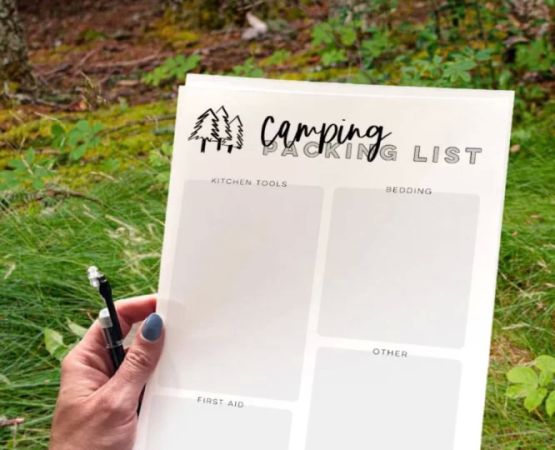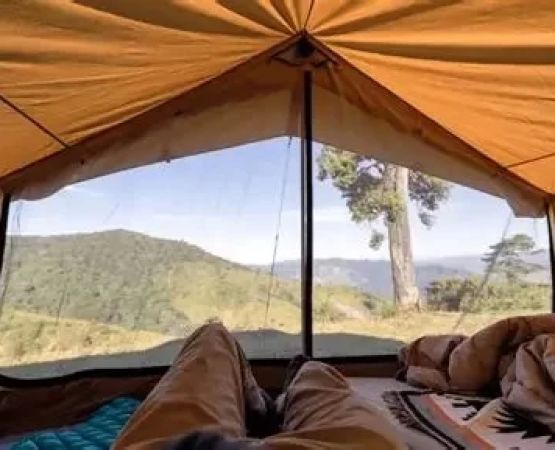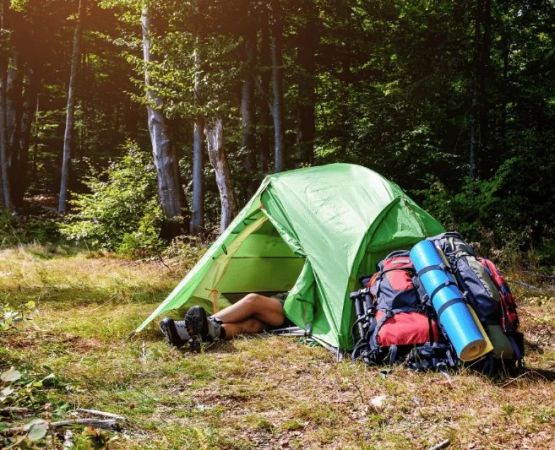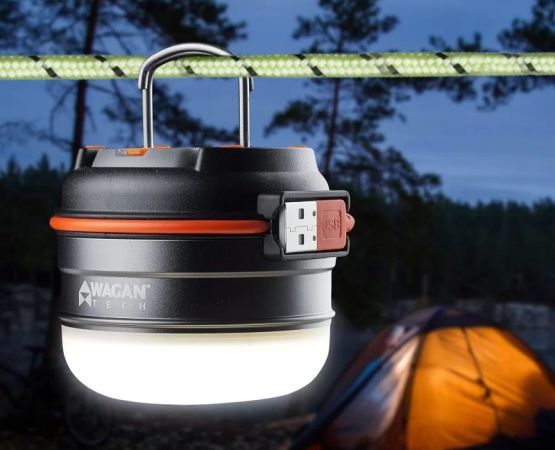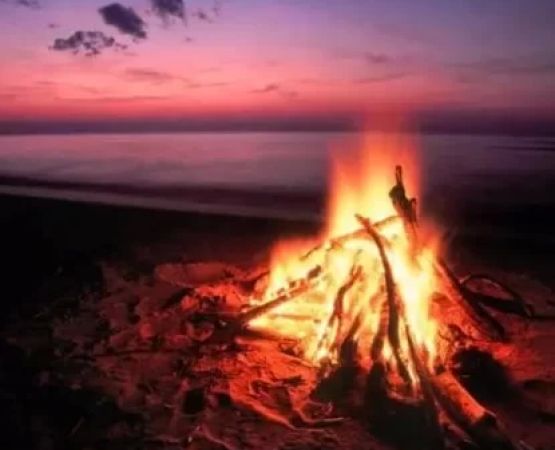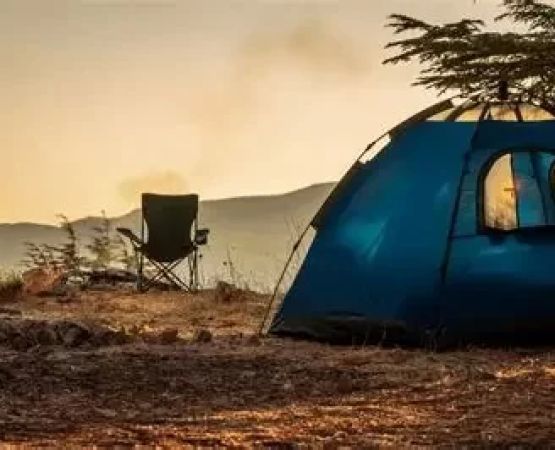How to Manage Your Water Supply While Camping: Essential Tips for Hydration
- Understanding Water Needs While Camping
- Effective Strategies for Managing Your Water Supply
- Water Purification Methods for Camping
- How to Avoid Water Shortages During Camping
Understanding Water Needs While Camping
When I first began camping, I didn’t fully appreciate the importance of managing my water supply. It wasn’t until a particularly dry camping trip that I learned the hard way how essential it is to stay hydrated and ensure I had enough water for both drinking and other activities like cooking and cleaning. Water is one of the most crucial supplies you'll need while camping, and managing it well is key to having a comfortable and safe outdoor adventure.
Every camper’s water needs are different depending on factors like the duration of the trip, the climate, and how many people are in your group. For example, I’ve learned that when I’m camping in hot and dry conditions, I need to drink more water to stay hydrated. On longer camping trips, ensuring I have enough water for multiple days is even more important. Typically, I aim for about two to four liters of water per person per day, depending on these factors. That’s the basic starting point, but you’ll also need to account for other uses like cooking, cleaning, and washing hands.
Effective Strategies for Managing Your Water Supply
During one of my favorite camping trips, I decided to experiment with a few strategies to better manage my water supply. Here are some of the methods I found most effective in ensuring I had enough water throughout my time outdoors:
1. Plan Ahead and Calculate Your Water Needs
One of the most important things I did was to plan ahead. Before heading out, I calculated how much water I would need based on the duration of my trip, the number of people, and the weather conditions. For instance, I knew that a weekend trip in moderate weather would require less water than a week-long trip during a hot summer. By planning, I was able to ensure that I packed enough water, plus some extra in case of emergencies.
2. Bring Portable Water Containers
On longer trips, I always bring large water containers that can hold several gallons of water. I use these containers to store water for drinking, cooking, and other daily needs. A good rule I follow is to have enough water on hand to last for the entire trip, but also to have a backup supply just in case of unexpected delays. I also make sure the containers are made from durable materials to prevent leaks and damage while traveling.
3. Use a Hydration System
For day hikes or when I’m out exploring, I’ve found that using a hydration system is invaluable. A hydration pack with a built-in reservoir allows me to drink water hands-free while walking or hiking. This method helps me stay hydrated throughout the day without the need to stop and fumble with bottles. It also prevents the risk of dehydration during physical activities.
Water Purification Methods for Camping
During my first few camping trips, I often stayed near lakes or streams and relied on the natural water sources for hydration. However, I quickly learned that relying on untreated water is risky, as it can contain harmful bacteria and parasites. That’s when I started looking into water purification methods. Here are a few techniques I now swear by for making sure my water supply is safe to drink:
1. Boiling Water
Boiling water is one of the most effective ways to ensure that it’s safe to drink. I simply bring water to a rolling boil and keep it boiling for at least one minute. For high-altitude areas, I boil water for three minutes to ensure it’s fully purified. I always carry a small camp stove for boiling water, which is great for both hydration and cooking.
2. Water Filters and Purifiers
When I’m camping near a water source like a river, I use a portable water filter or purifier to make sure the water is safe to drink. Filters like the LifeStraw or Sawyer Mini are compact, easy to use, and can remove bacteria and protozoa. They’re perfect for solo campers or small groups. I’ve also used a pump-style filter for larger groups, as it can filter larger volumes of water at once. For extra peace of mind, I’ll sometimes use water purification tablets after filtering the water to kill any remaining pathogens.
3. UV Sterilization
Another method I’ve used is UV sterilization, which involves using a UV light to disinfect the water. I carry a small UV pen that kills bacteria and viruses in just a few minutes. While this is a great option for purifying water quickly, I always ensure that I’ve pre-filtered the water to remove any large particles before using the UV method.
How to Avoid Water Shortages During Camping
While it’s crucial to have enough water, it’s equally important to avoid running out of it. I’ve learned a few tricks over the years to make sure I don’t face water shortages during my camping trips:
1. Conserve Water
Conserving water has become a natural part of my camping routine. Simple things like using a water-efficient camp stove, washing dishes using minimal water, and brushing my teeth with a cup of water instead of letting the tap run help me save valuable resources. I also make sure to use water only when necessary and avoid wasteful habits.
2. Use Water-Saving Techniques
I’ve found that using biodegradable soaps when washing dishes or cleaning my hands helps minimize the impact on nearby water sources. Additionally, I’ll use small containers or basins for washing rather than running water, which also reduces consumption. This is not only practical for conservation but also better for the environment, as it minimizes contamination from soap or detergents.
3. Scout Nearby Water Sources
Before setting up camp, I always scout the area to find nearby water sources. If a reliable water source isn’t available, I make sure to bring enough water or plan a route that allows me to collect more if needed. I’ve also carried collapsible water containers to collect rainwater if the weather allows it. Being proactive about locating water sources can save you a lot of trouble during your trip.
Managing your water supply while camping can be the difference between a comfortable and a stressful trip. By planning ahead, using efficient water purification methods, and practicing water conservation, I’ve made my camping experiences much more enjoyable and safe. If you’re looking to explore beautiful outdoor destinations where you can practice these tips, visit Pine Cliff Resort for a great selection of camping experiences, complete with access to scenic water sources and excellent facilities.


